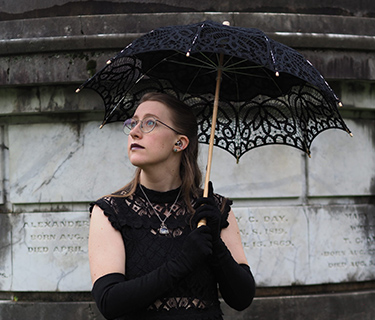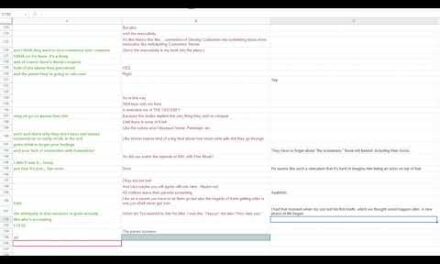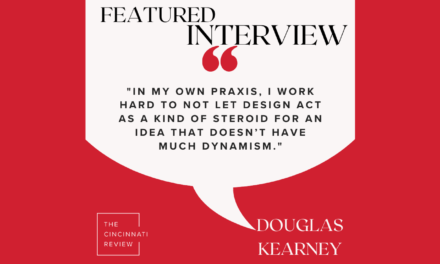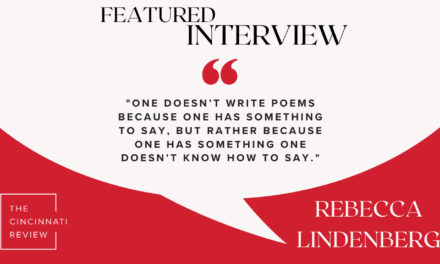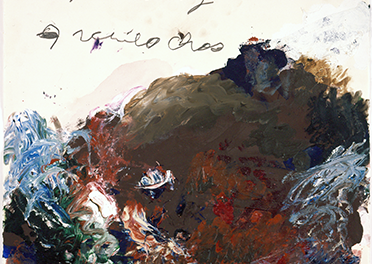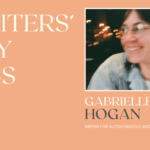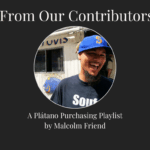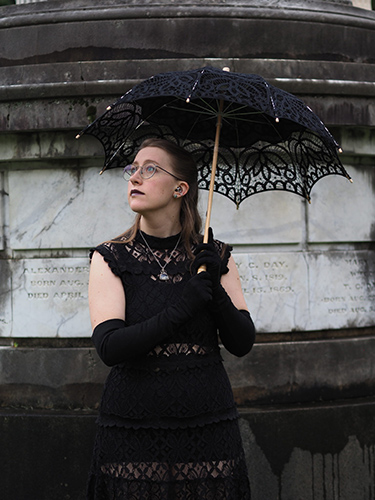
Assistant Managing Editor Bess Winter: Today I’m delighted to introduce you to Lily Davenport, one of two Assistant Editors working with CR this year. Lily will be dedicating her talent and attention to reading and selecting miCRos, as well as crafting all sorts of new and fascinating content for us both on-and-offline.
Lily Davenport (she/her) is a third-year PhD student in fiction at the University of Cincinnati. She has an MFA from the University of Alabama, where she also served as fiction editor for the Black Warrior Review. Her work has appeared or is forthcoming in SWING, BOOTH, Quarterly West, and elsewhere.
BW: You have one of the best author photos ever! It seems to really capture the nature of your writing in a snapshot—very iconic, much like the iconic Beagle photo of Jim Shepard. What’s the story behind it?
LD: Thank you so much! My friend and collaborator PS Berge took that photo last year in Spring Grove Cemetery. We had both gotten dressed up for a “spooky summer” photoshoot but, as it turned out, we only got a few shots before the cemetery closed. I have no clue whose monument I’m standing in front of here but it’s lovely. My sole regret is that we couldn’t get the top portion of it, which included a life-size statue of a woman and a large cupola, in the frame. The parasol remains one of my best-ever impulse purchases; I still use it almost every time I walk to campus. I’d wear the opera gloves every day if I could get away with it.
BW: You’re currently seeking representation for your collection of linked short stories, The Empty Castle. Can you tell us a bit about that project? Does it include any of your currently published pieces?
LD: Sure! The collection is made up of four triptychs and a novella. There’s a set of stories about a girl and a crow who’ve swapped voices; another batch is connected to B-horror movies; another set is linked to folk ballads; the last one contains retellings of one sort or another. The novella, which has six alternating narrators, places all twelve stories in a haunted castle/movie set that constitutes their shared world. Several of the stories in it have already appeared in the wild, some of them in relatively recent memory at Denver Quarterly, NELLE, and The Boiler. An early draft of my query letter described it as “a queer hodgepodge of the weird.” There’s a lot of haunted houses, creaturely transformations, cults, and unhinged nonsense (queer and otherwise).
BW: You worked on the Black Warrior Review as a master’s student at University of Alabama. How does that experience inform your reading as an editor, in general?
LD: BWR has an unusual reading process. The genre editors read all the submissions that come through, and then the full team (including the editor-in-chief, managing editor, and all the assistant editors in that genre) reviews their selections and votes on which ones will be accepted. As such, my year as the fiction editor there taught me to read a large number of submissions in a short period of time, and to maintain a clear but flexible vision for the upcoming issue. And, while I’d always been curious about the somewhat nebulous world of experimental and hybrid work, I’ve never viewed my own writing in those terms—so working at BWR was very much an education in both of those things, and left me with a lasting openness to, and continued interest in, experimental modes.
BW: What are you most looking forward to as part of your editorship with the Cincinnati Review?
LD: I’m most excited to learn more about flash and continue to explore hybrid writing through working on the miCRo series! I confess, I’ve never been a big flash reader (and we didn’t get much of it during my stint at BWR outside of contest submissions), so I’m looking forward to what I’m sure will be a hands-on education in its unique affordances. And it’s great just to be reading submissions again in general—I love getting to see what people are working on in real time, and helping their stories to reach a wider audience. There’s no feeling like knowing that you just read something amazing, and that you get to share it with other people on the team (and hopefully, eventually, the journal’s readers). It’s such a privilege to be trusted with other writers’ work in this way, and I can’t wait to start reading the queue!

